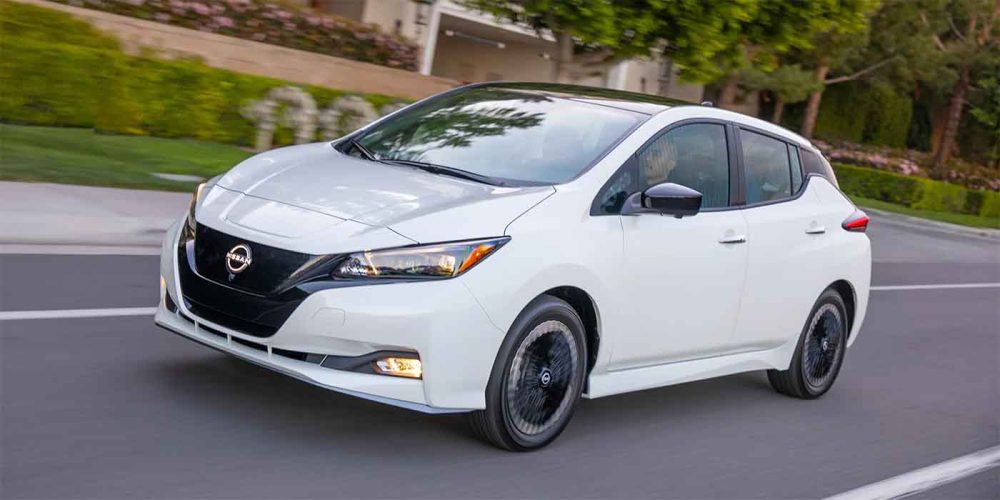
The EV race is heating up. Electric car sales in the US reached a new record in the first quarter, and the momentum does not look to be slowing anytime soon. Traditional automakers are spending billions to catch up to EV leader Tesla. Which legacy automakers are spending the most on EVs?
Traditional automakers are trying a variety of tactics to maximize their EV market share. Many are converting consumer favorite models into electric.
For example, Ford is having success with its early EV models, the Mustang Mach-E, Ford F-150 Lightning, and the E-Transit; other automakers like Toyota plan to capitalize on their safety and efficiency brand image. The company plans to expand its EV presence in the US with the Toyota bZ4x electric SUV available later this year.
But, they all have one thing in common – spending. Legacy automakers are pouring funds to catch Tesla, who is still claiming nearly 70% of the EV market share in the US. Here’s a quick rundown.
- Ford expects to spend $5 billion in 2022 on EVs. In addition, the company plans to inject $50 billion through 2026 into capital expenditures (CAPEX), direct investments, and expenses.
- General Motors (GM) says it will spend $35 billion through 2025 on EVs and battery tech. Meanwhile, GM and LG are using a $2.5 billion DOE loan to build three US battery factories.
- Toyota has announced it will spend 8 Trillion yen (around $70 billion) to reach its goal of reaching 3.5 million BEVs by 2030.
- Over the next five years, Volkswagen is spending around 73 billion euros (around $73 billion) on electrification and digital tech. So far, the legacy automaker is seeing high demand for its BEVs as global deliveries grew 27% in the first half of 2022.
Lastly, other legacy automakers such as Nissan are playing catch up after being one of the first to release an EV, the Nissan Leaf.

Electrek’s Take
The EV investments are paying off so far. For one thing, all the traditional automakers above are seeing high demand for new EV models.
For instance, Ford expects a 90% compound annual growth rate (CAGR) for its EV models. It will be more than double the global EV market forecast if they can achieve this; meanwhile, Ford is selling its EV models as fast as it can make them.
As EV adoption accelerates, look for these legacy automakers to continue expanding their role in the industry.
Subscribe to Electrek on YouTube for exclusive videos and subscribe to the podcast.
Author: Peter Johnson
Source: Electrek



